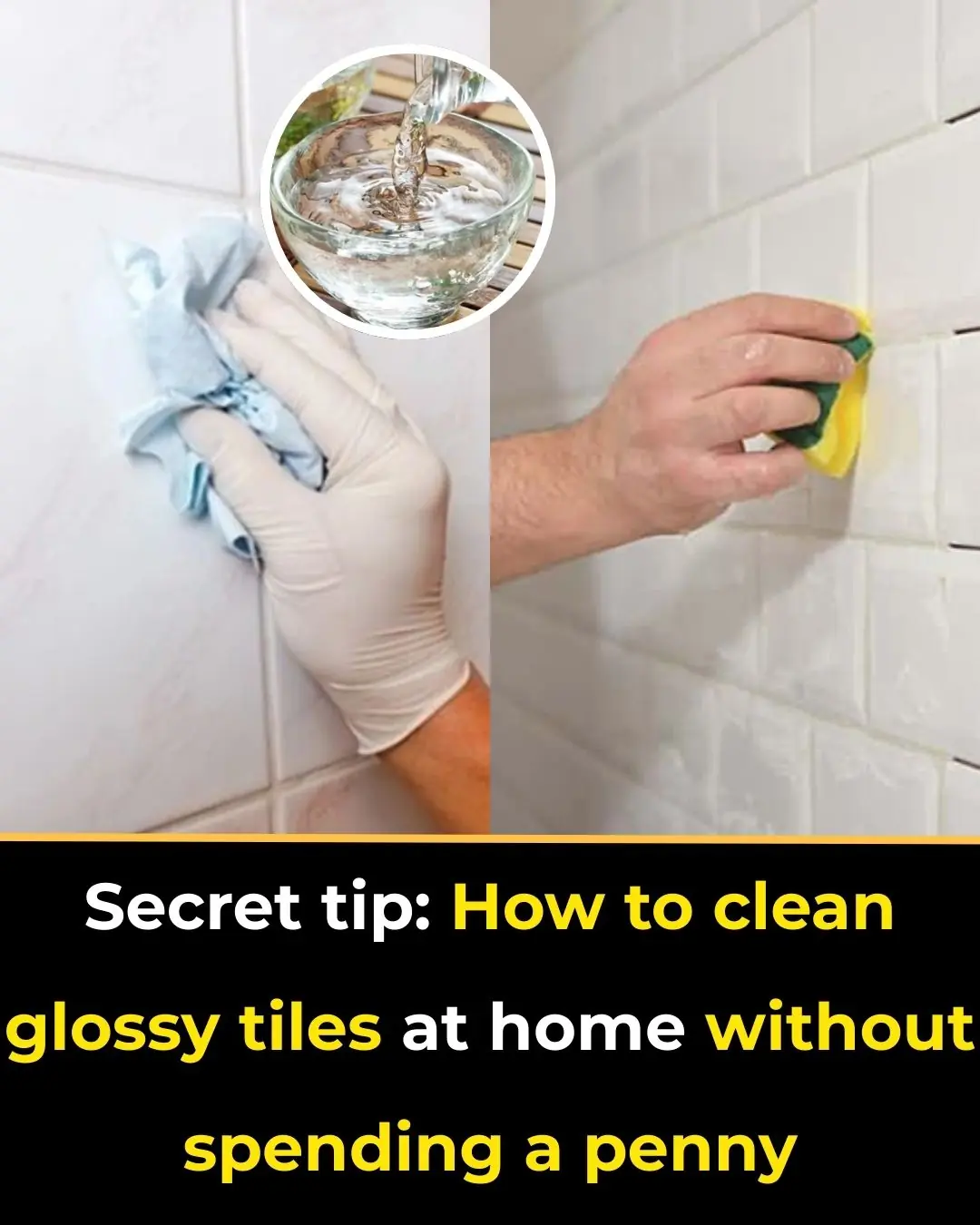
Effective and simple ways to restore a non-stick pan without needing to replace it
Restoring a non-stick pan without having to replace it is not only cost-effective but also helps extend its lifespan. Over time, non-stick pans can lose their coating or develop scratches, but there are several methods you can try to revive them.
Here are some effective and simple ways to restore your non-stick pan:
1. Re-season the Pan
Just like cast iron skillets, non-stick pans can benefit from a good re-seasoning. This helps to restore the surface and maintain its non-stick qualities.
How to Re-season:
-
Clean the Pan: Wash the pan thoroughly with warm water and dish soap to remove any grease and food residue.
-
Dry Completely: Dry the pan completely with a soft towel.
-
Apply Oil: Pour a small amount of vegetable oil, olive oil, or flaxseed oil onto the cooking surface.
-
Heat the Pan: Heat the pan on medium heat for about 5–10 minutes. Allow the oil to heat until it smokes slightly.
-
Let It Cool: Turn off the heat and allow the pan to cool completely. Wipe off any excess oil with a soft cloth.
This process will help recondition the surface and make it non-stick again. You may need to repeat this process a couple of times for the best results.
2. Baking Soda Paste for Stubborn Stains
If your non-stick pan has stains, food buildup, or discoloration, you can use a baking soda paste to clean it gently.
How to Make and Use the Paste:
-
Create the Paste: Mix baking soda with a small amount of water to create a paste.
-
Apply the Paste: Spread the paste on the affected areas of the pan.
-
Let It Sit: Leave the paste on for 10-15 minutes to break down any stubborn residue.
-
Scrub Gently: Use a soft sponge or cloth to scrub the surface in gentle circular motions. Avoid using anything abrasive that can scratch the non-stick coating.
-
Rinse and Dry: Wash the pan thoroughly with warm water and dry it well.
3. Using a Wooden or Silicone Scraper
For light buildup or food stuck to the surface, using a wooden or silicone scraper can help remove the debris without damaging the coating. Avoid using metal utensils or anything sharp as they can scratch the non-stick surface.
4. Salt and Oil Method
If your non-stick surface is scratched, this method can help smoothen it out to some extent.
How to Use This Method:
-
Heat the Pan: Heat the pan on low heat for a few minutes.
-
Add Salt: Sprinkle a generous amount of coarse salt on the bottom of the pan.
-
Add Oil: Pour a little oil (vegetable oil or olive oil) over the salt.
-
Scrub Gently: Use a paper towel to scrub the salt and oil mixture around the pan.
-
Rinse and Dry: Once done, rinse the pan with warm water and dry thoroughly.
The abrasive action of salt can help buff out some surface imperfections, while the oil conditions the surface.
5. Use the Pan Properly
To prevent further damage and extend the life of your non-stick pan:
-
Avoid Cooking on High Heat: Non-stick pans work best on low to medium heat. High heat can damage the coating over time.
-
Use Non-Metal Utensils: Always use plastic, wooden, or silicone utensils to avoid scratching the surface.
-
Hand Wash Only: Avoid using the dishwasher, as the harsh detergents and high temperatures can wear down the non-stick coating.
6. Restore the Non-Stick Coating with Commercial Products
If your pan has significantly lost its non-stick properties but is not severely damaged, you can try commercial non-stick coating restoration sprays. These sprays are available at most home goods or kitchen supply stores and are designed to revive the non-stick surface.
7. Using Vinegar to Remove Residue
If there’s a film or greasy residue that ordinary washing can't remove, vinegar can help.
How to Use Vinegar:
-
Fill the Pan with Water: Pour water into the pan, just enough to cover the cooking surface.
-
Add Vinegar: Add about 2 tablespoons of vinegar to the water.
-
Boil: Bring the water to a boil and let it simmer for about 5-10 minutes.
-
Rinse and Dry: After the pan cools, scrub gently with a soft sponge, rinse, and dry thoroughly.
This method helps break down stubborn residue that can affect the non-stick surface.
By following these methods, you can restore your non-stick pan and keep it in good condition for longer. However, if the pan has deep scratches or the coating is flaking off, it may be time to replace it to ensure safe cooking.
News in the same category

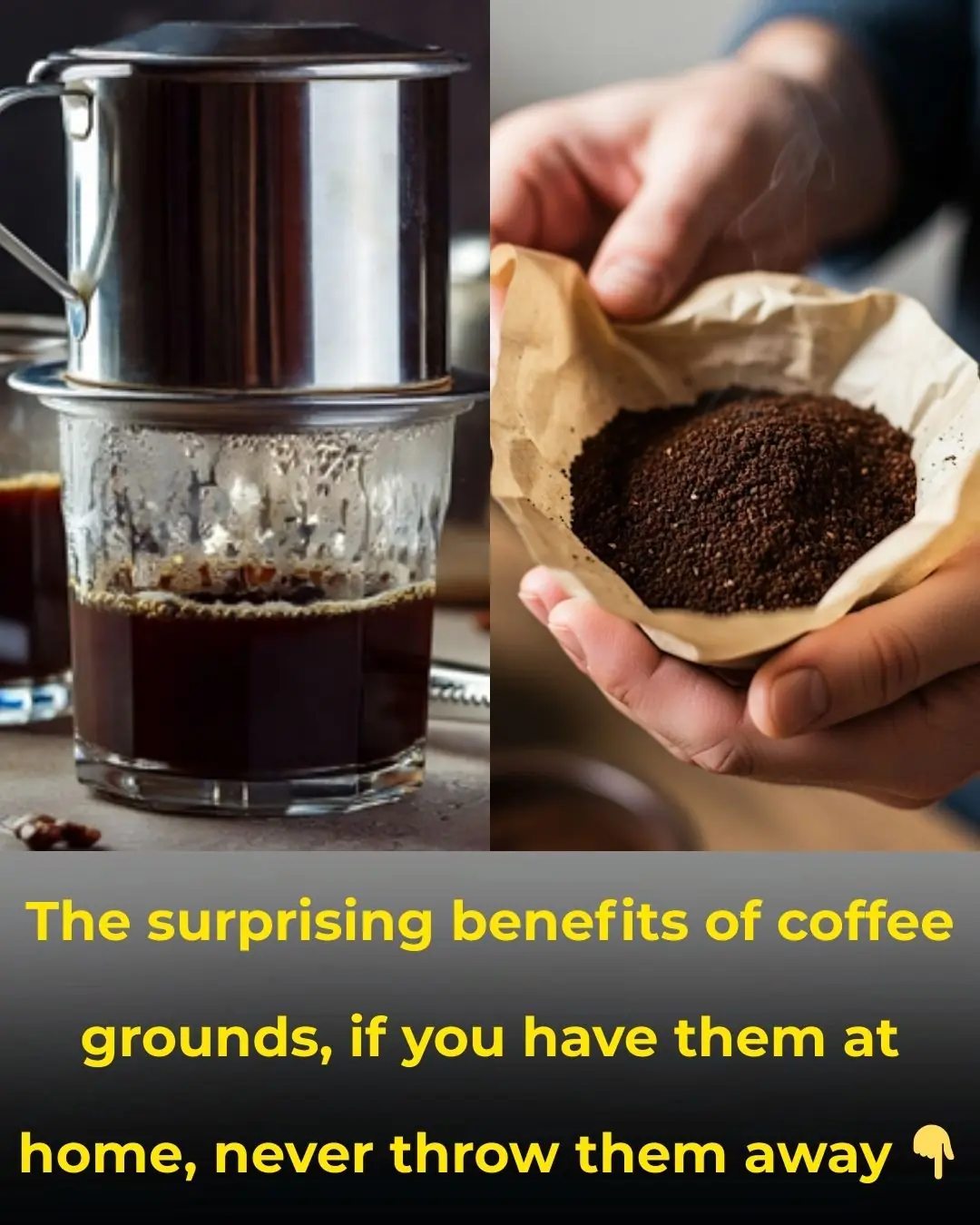
The surprising benefits of coffee grounds, if you have them at home, never throw them away
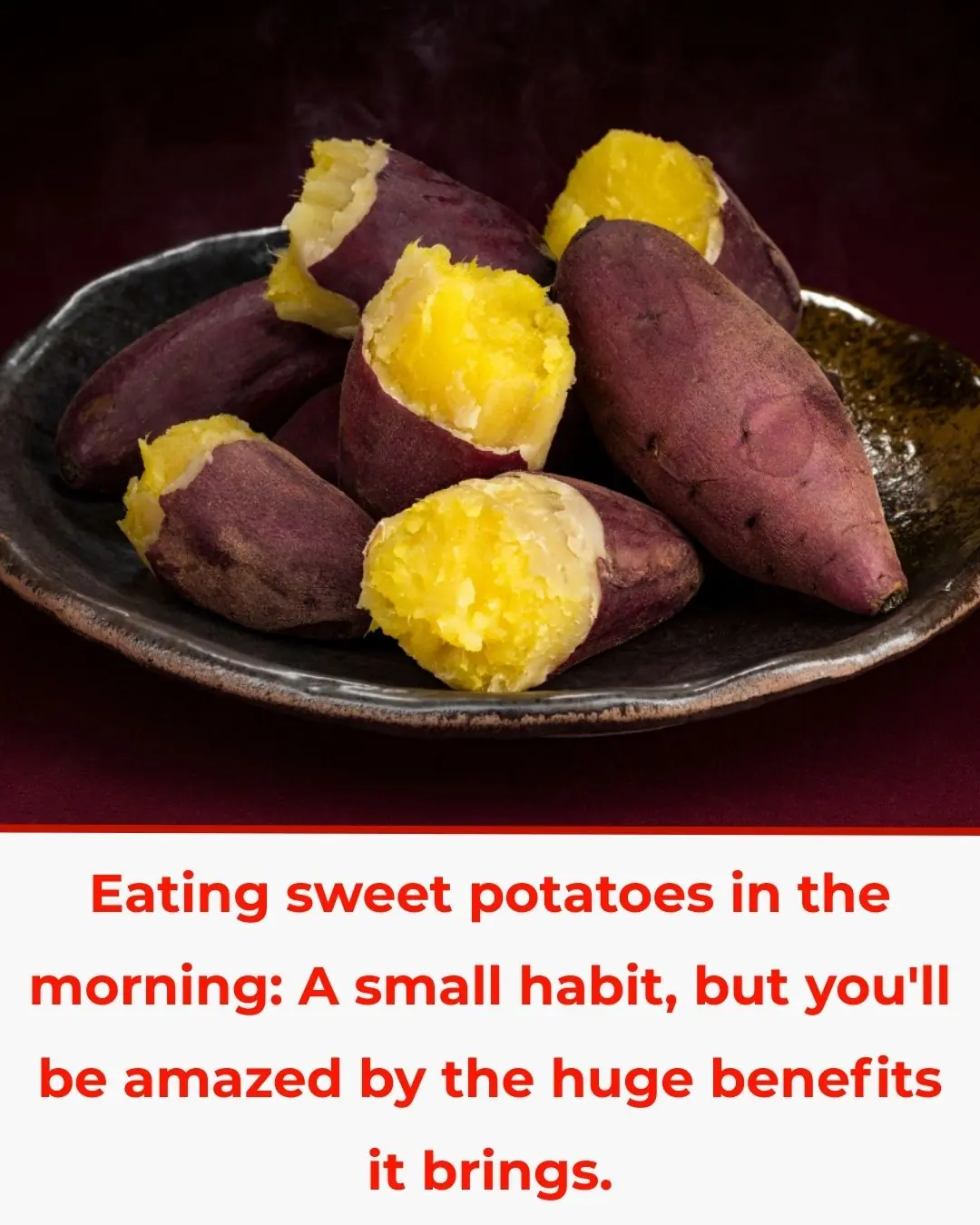
Eating sweet potatoes in the morning: A small habit, but you'll be amazed by the huge benefits it brings.
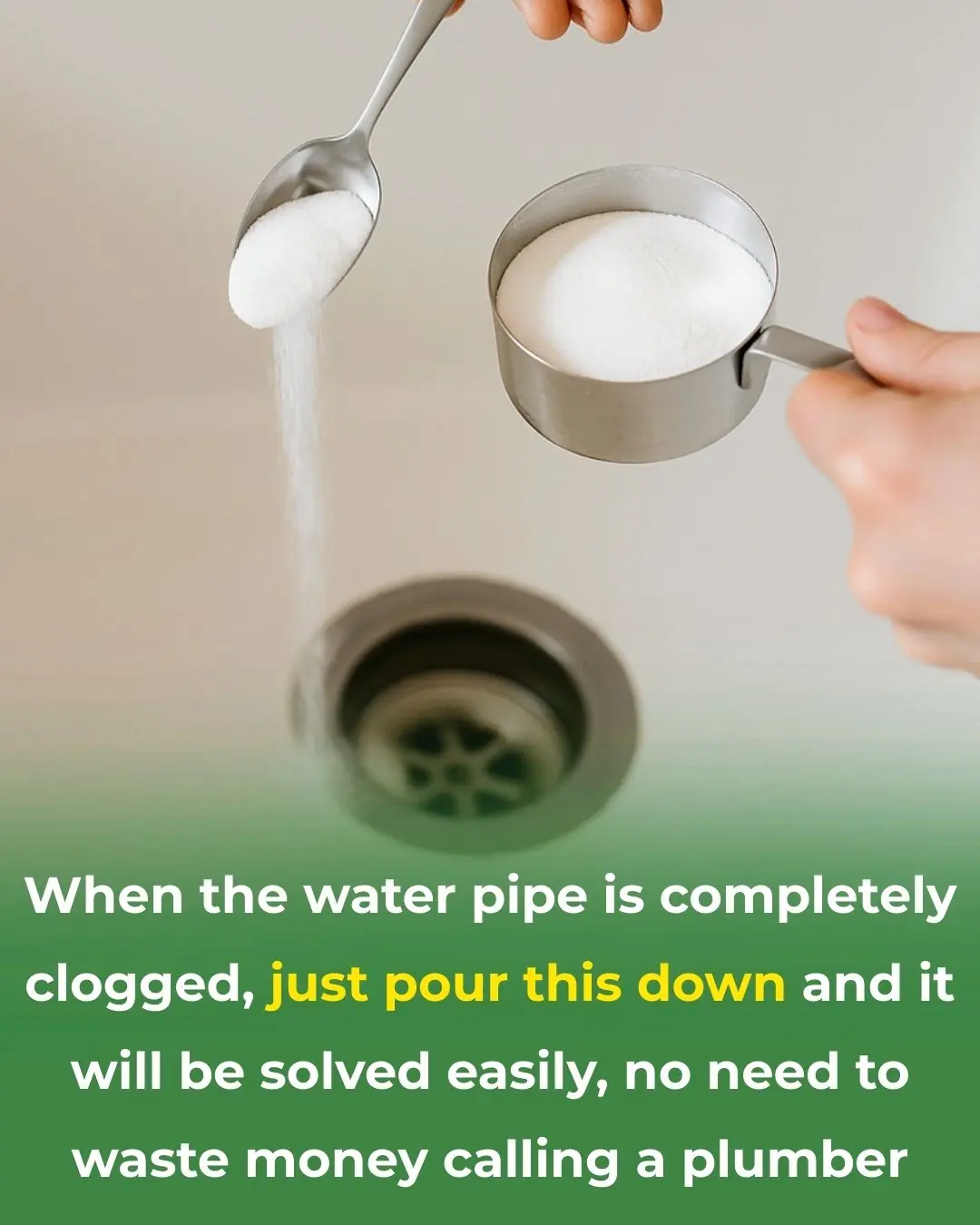
When the water pipe is completely clogged, just pour this down and it will be solved easily, no need to waste money calling a plumber.
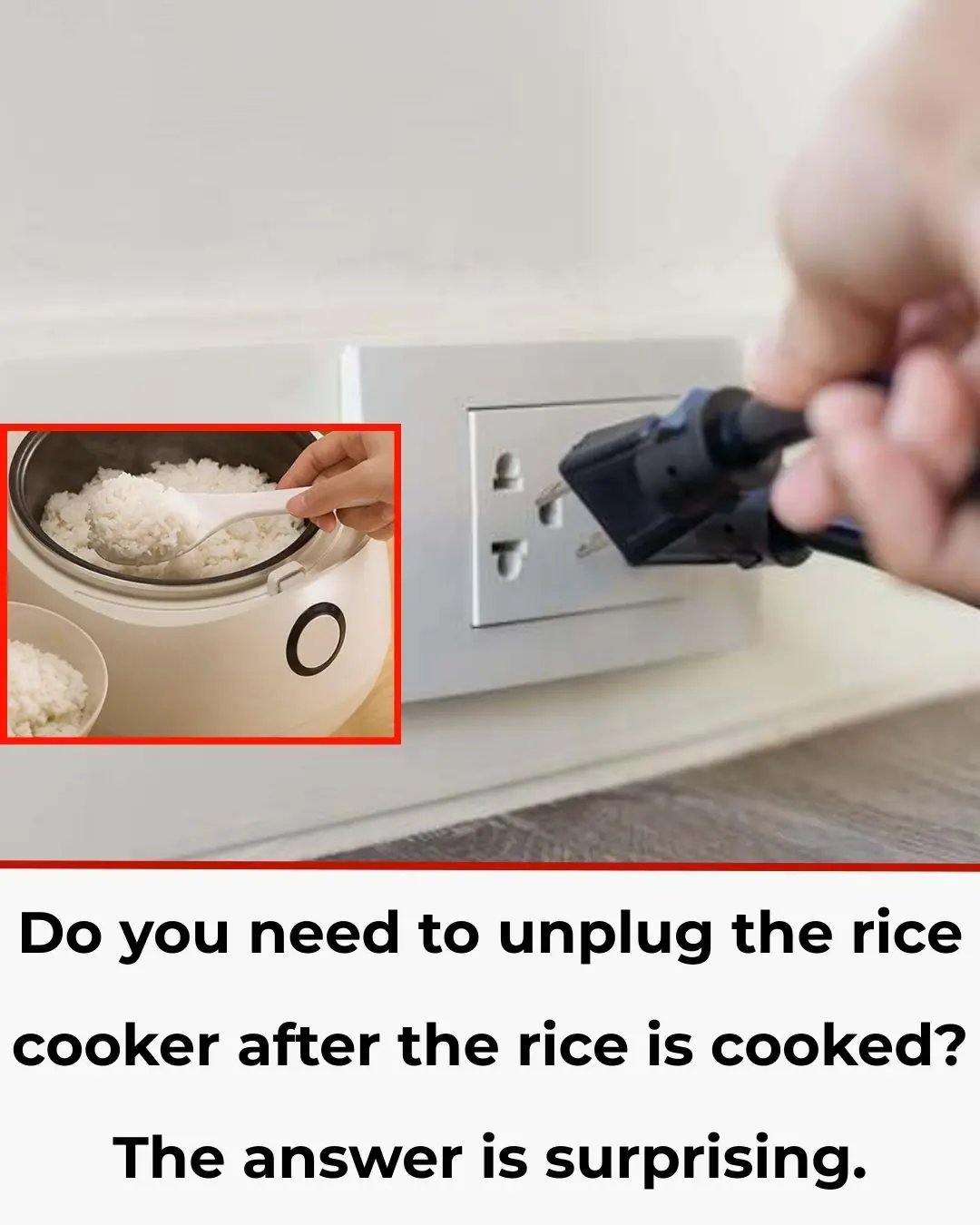
Do you need to unplug the rice cooker after the rice is cooked? The answer is surprising.
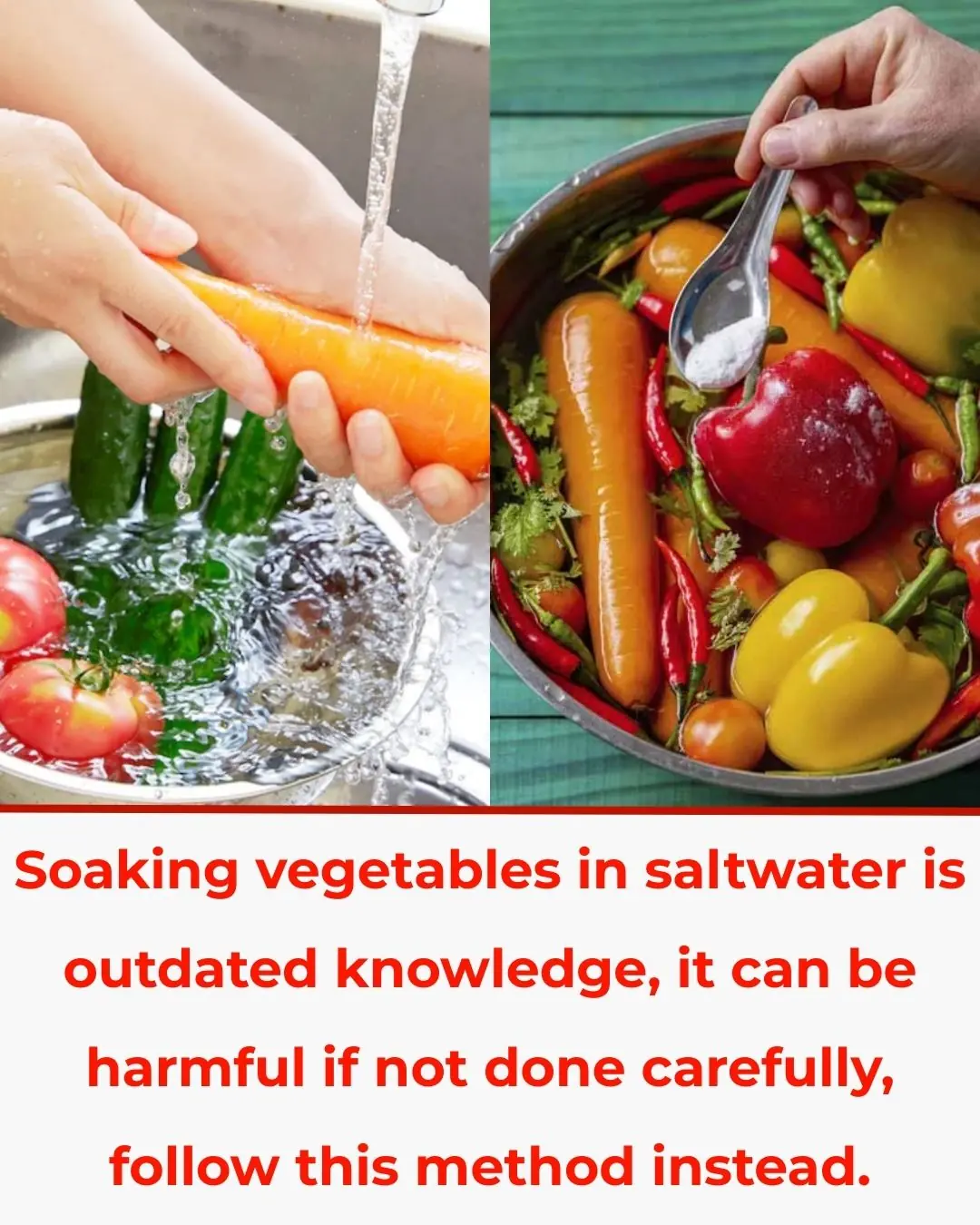
Why Soaking Vegetables in Saltwater Is Outdated
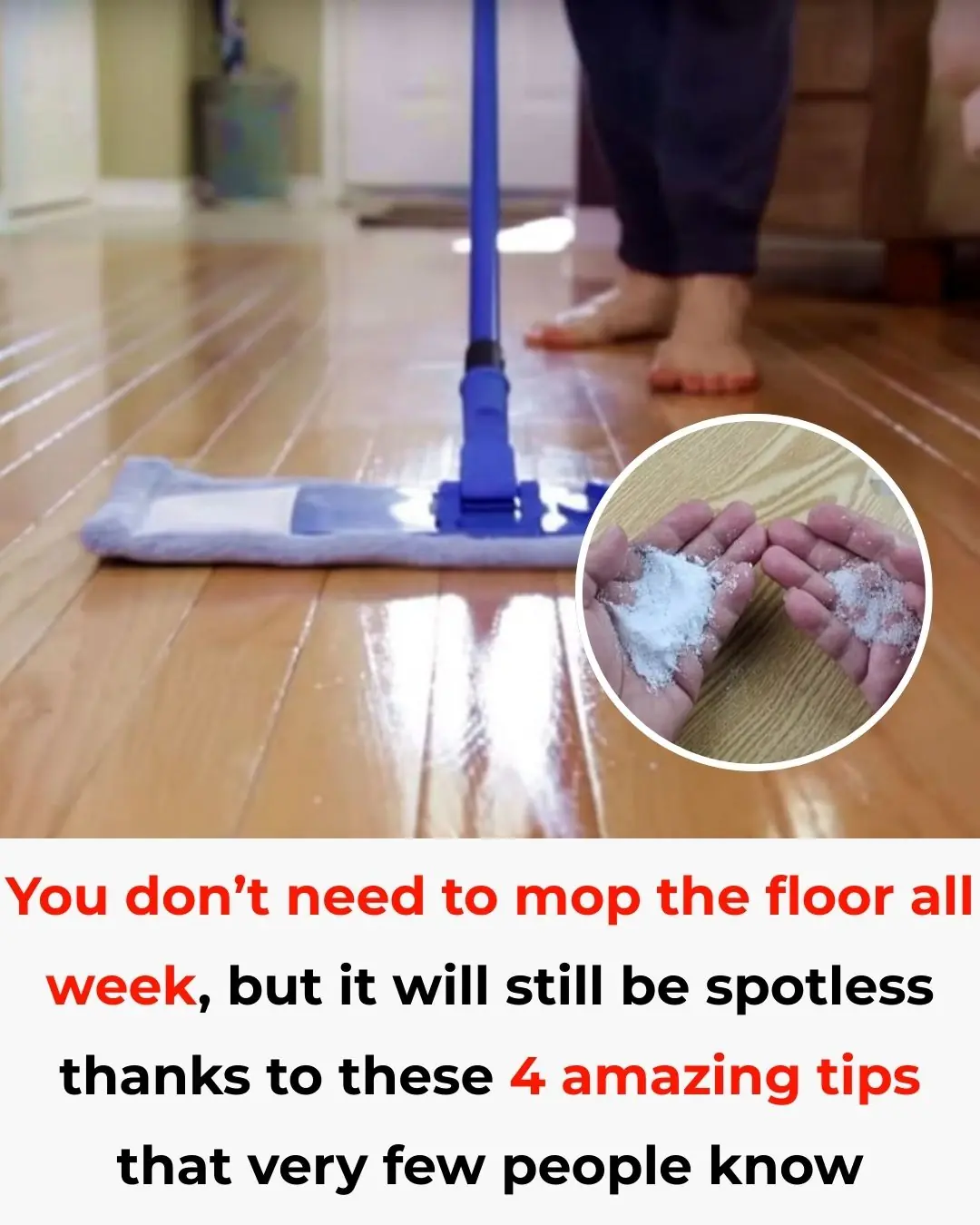
You Don’t Need to Mop the Floor All Week, But It Will Still Be Spotless Thanks to These 4 Amazing Tips That Very Few People Know

Should the Bathroom Door Be Closed or Open After Use? Listen to the Reason, I Just Found Out I’ve Been Doing It Wrong for Years
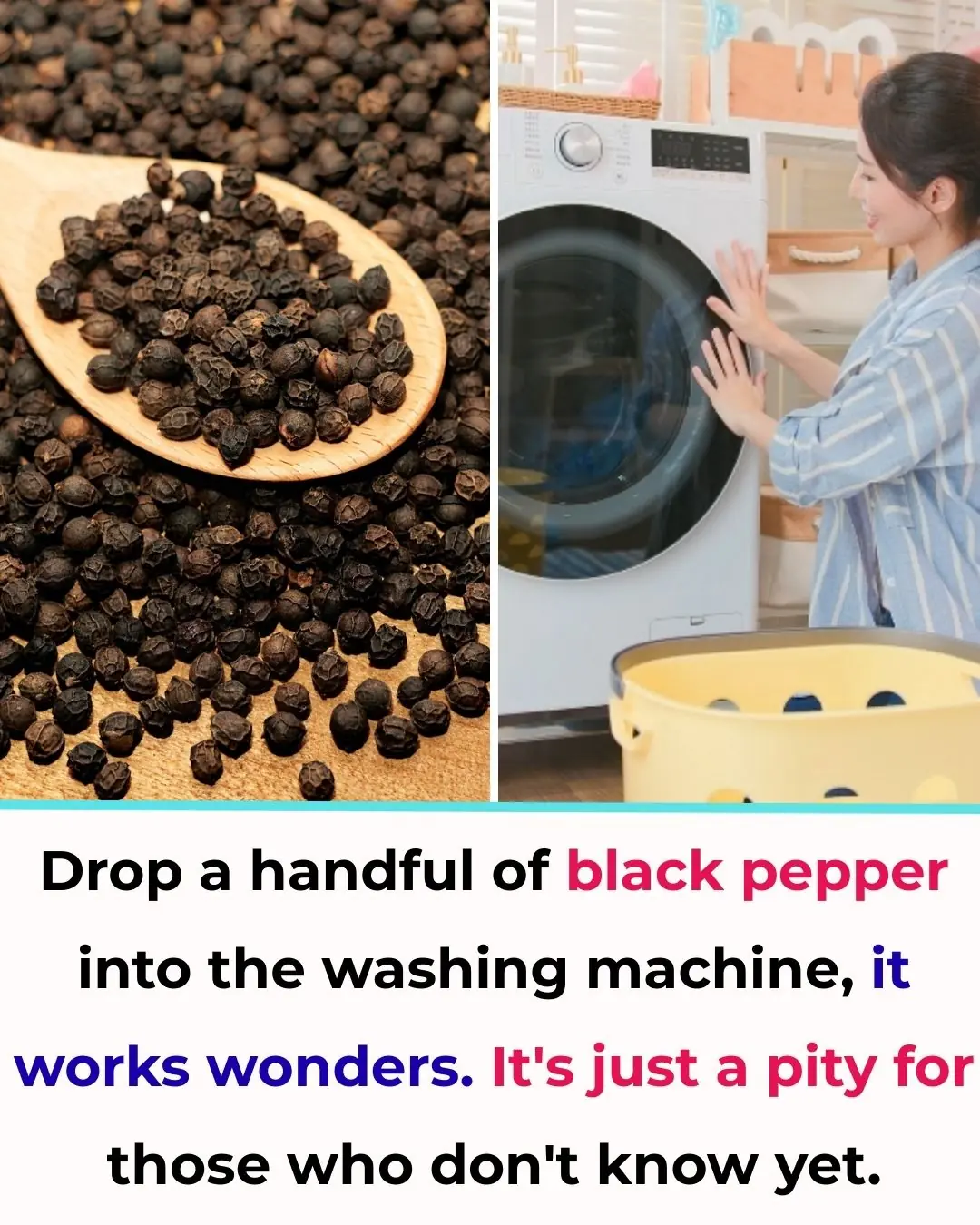
Throw a Handful of Black Pepper into the Washing Machine: The Miraculous Effect, Only for Those Who Haven't Known Yet

How to Fit All 10 Cows into 9 Stalls? It's Very Simple, But Not Everyone Thinks of It
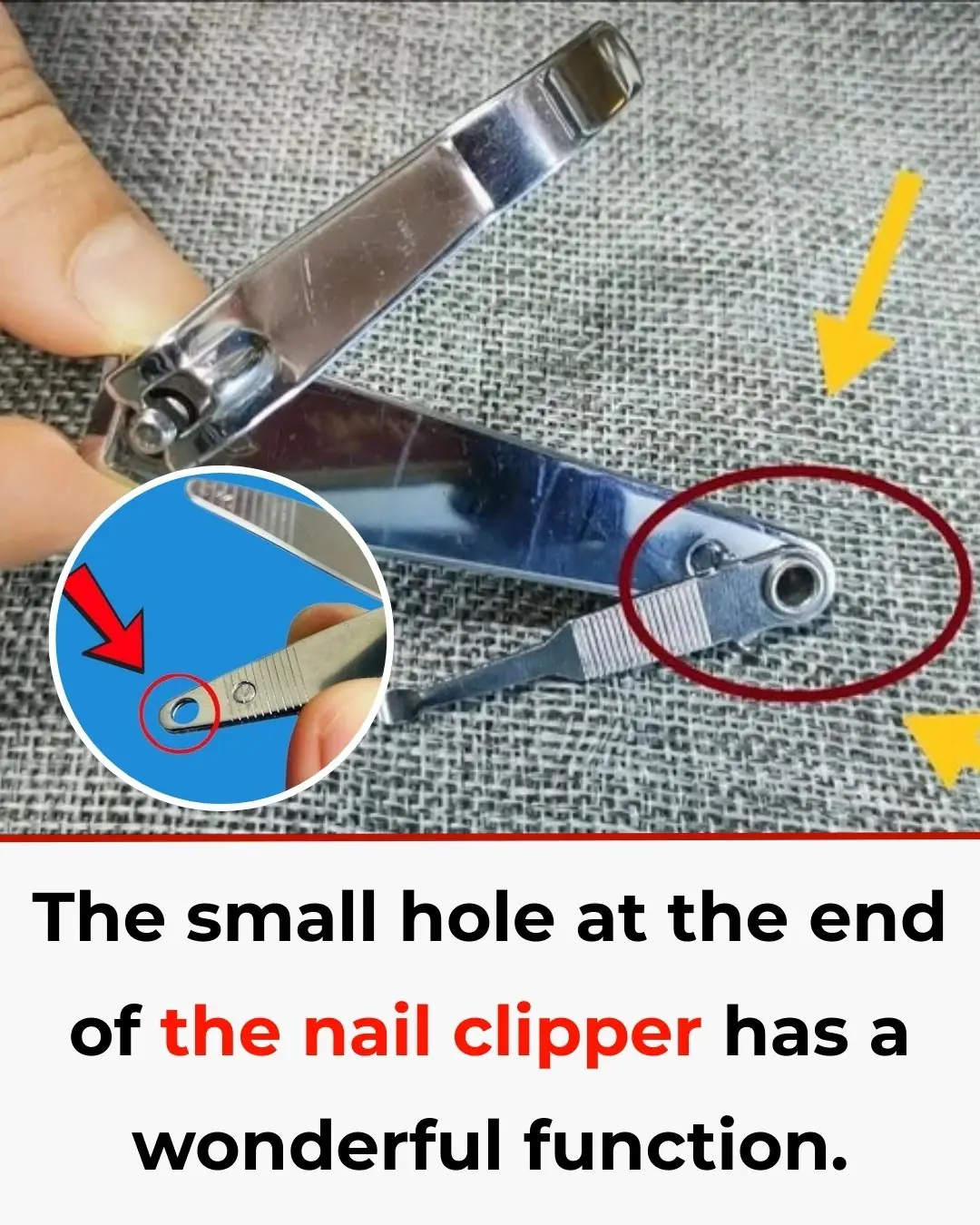
The Small Hole at the End of the Nail Clipper Has a Wonderful Function
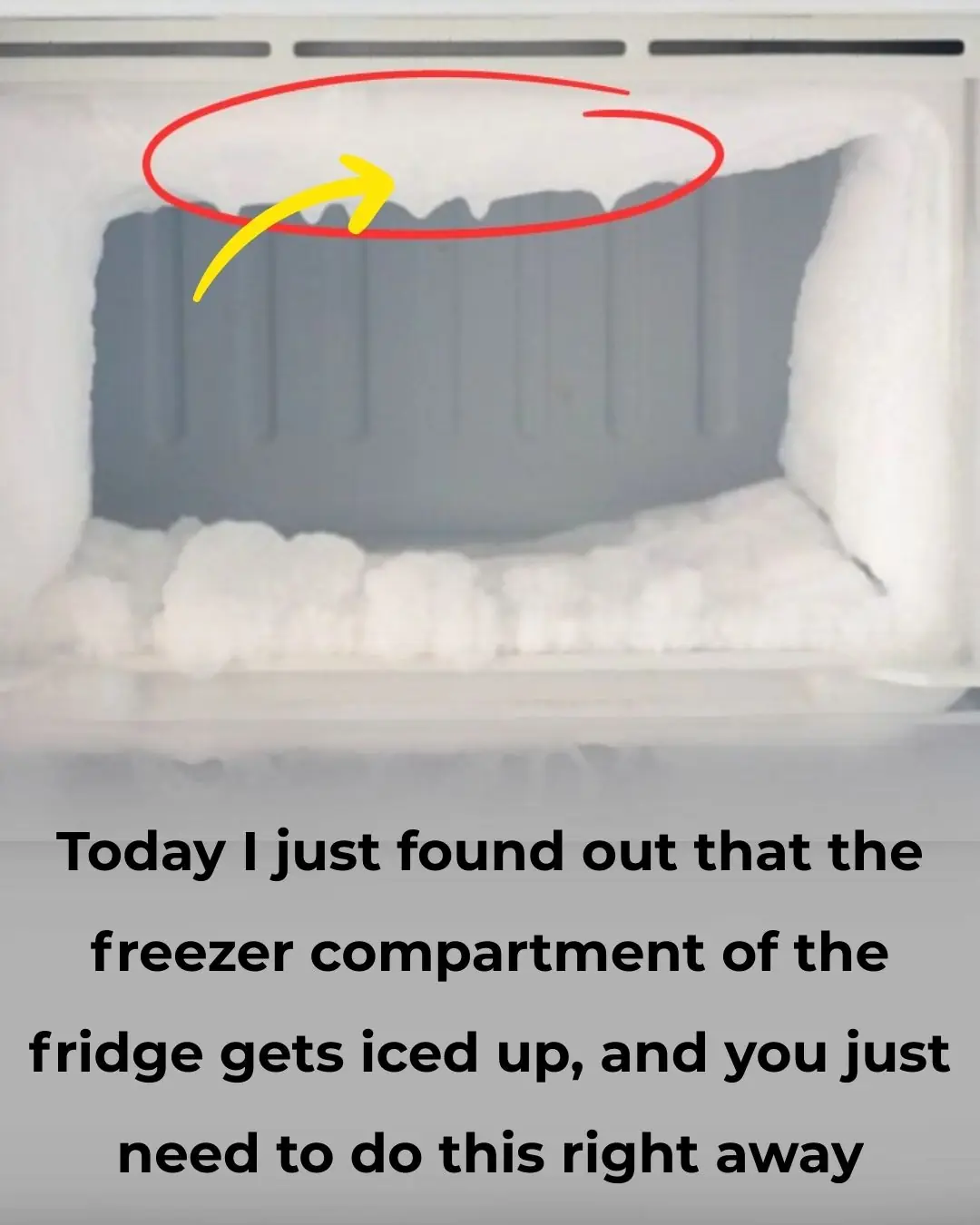
Today I Just Found Out That the Freezer Compartment of the Fridge Gets Iced Up, and You Just Need to Do This Right Away

Thaw Frozen Fish in Water First! The Chef from the Restaurant Shares 3 Tips to Thaw Fish, and It Will Be as Fresh as Live Fish

The Volume Button on Your Phone Has 6 Hidden Functions That Many Long-Time Users Are Still Unaware Of
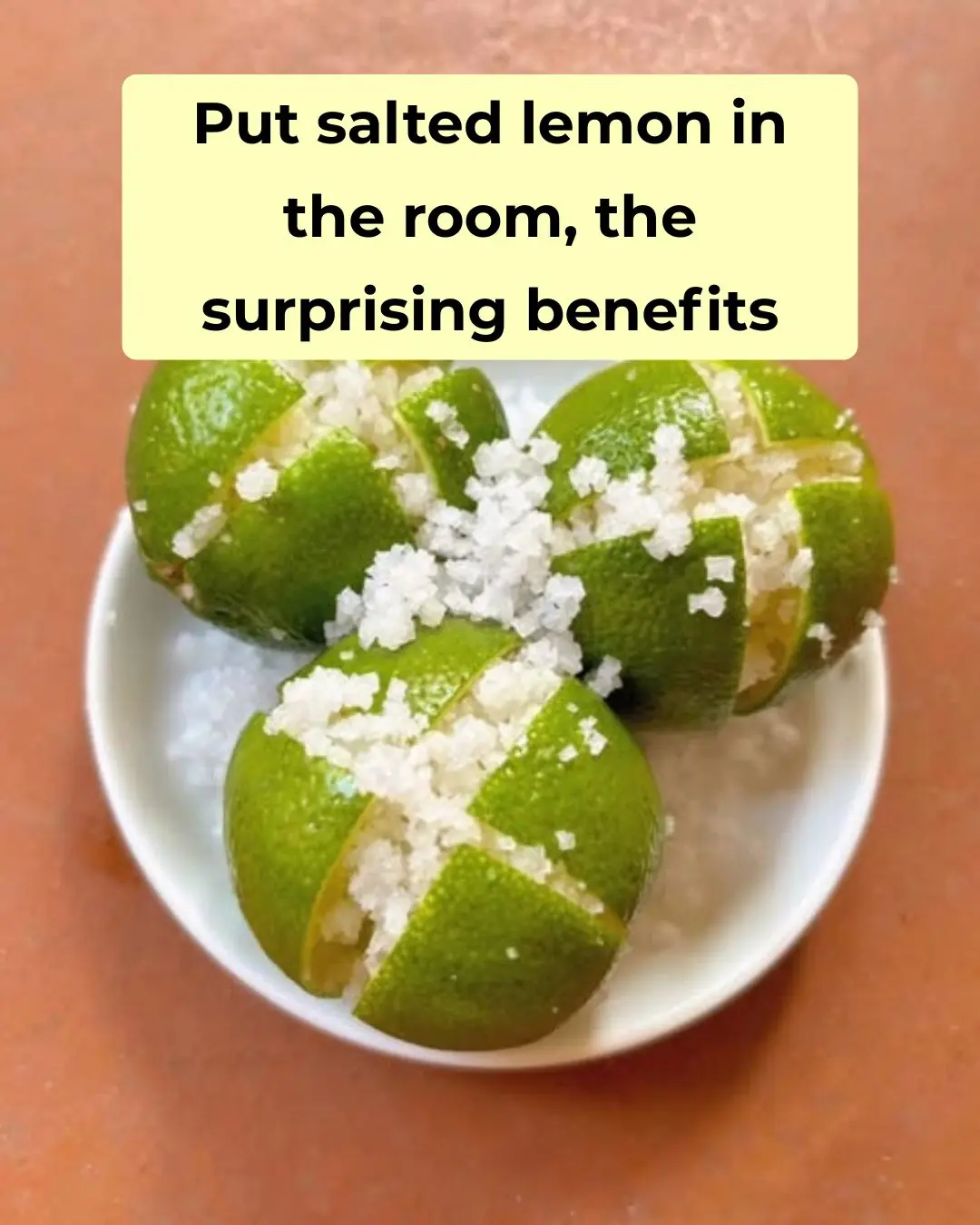
Put Salted Lemon in the Room—The Surprising Benefits
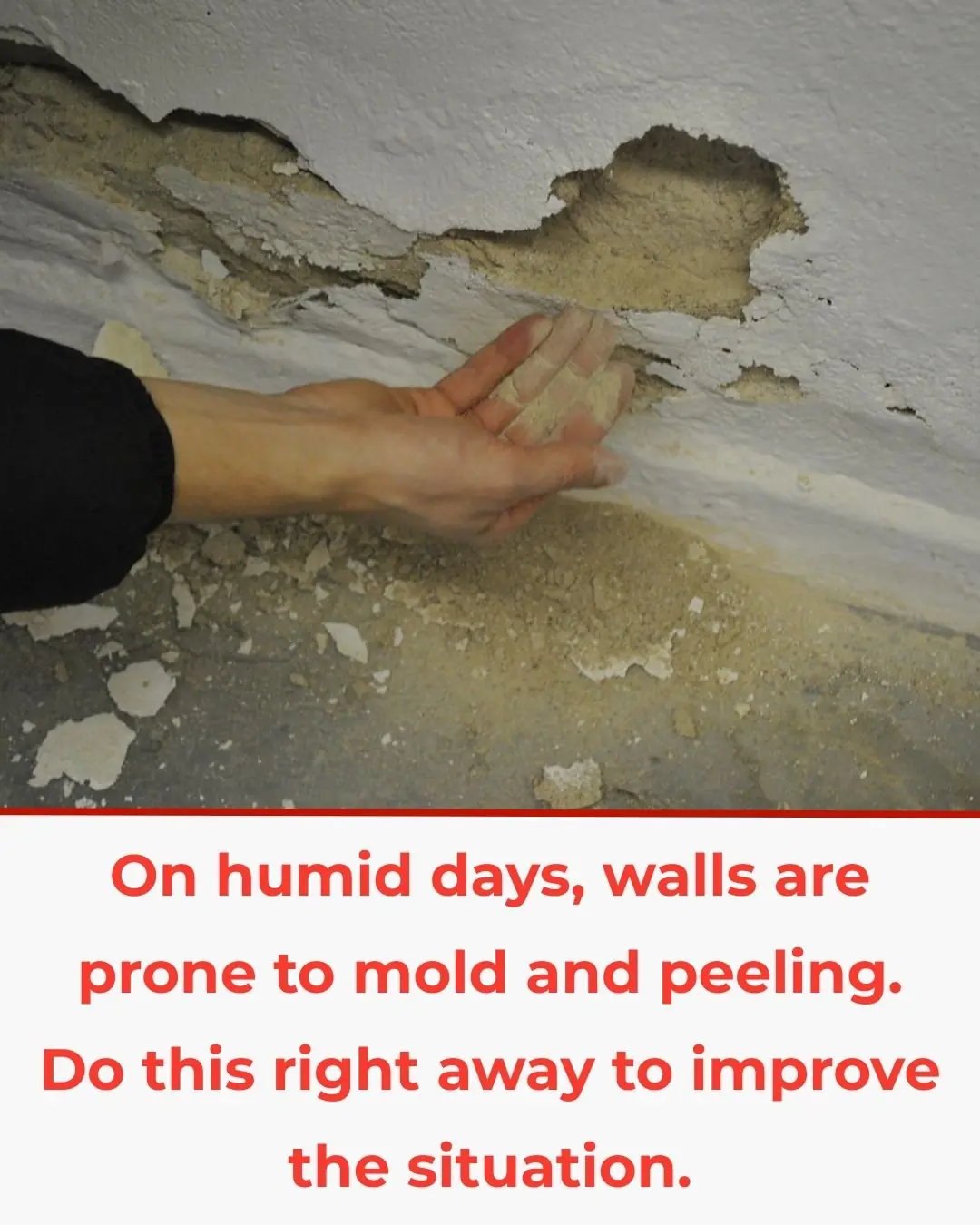
On Humid Days, Walls Are Prone to Mold and Peeling—Do This Right Away to Improve the Situation

Every Home Refrigerator Always Has Two Problems—Throw Them Away as Soon as Possible to Prevent Future Bad Smells
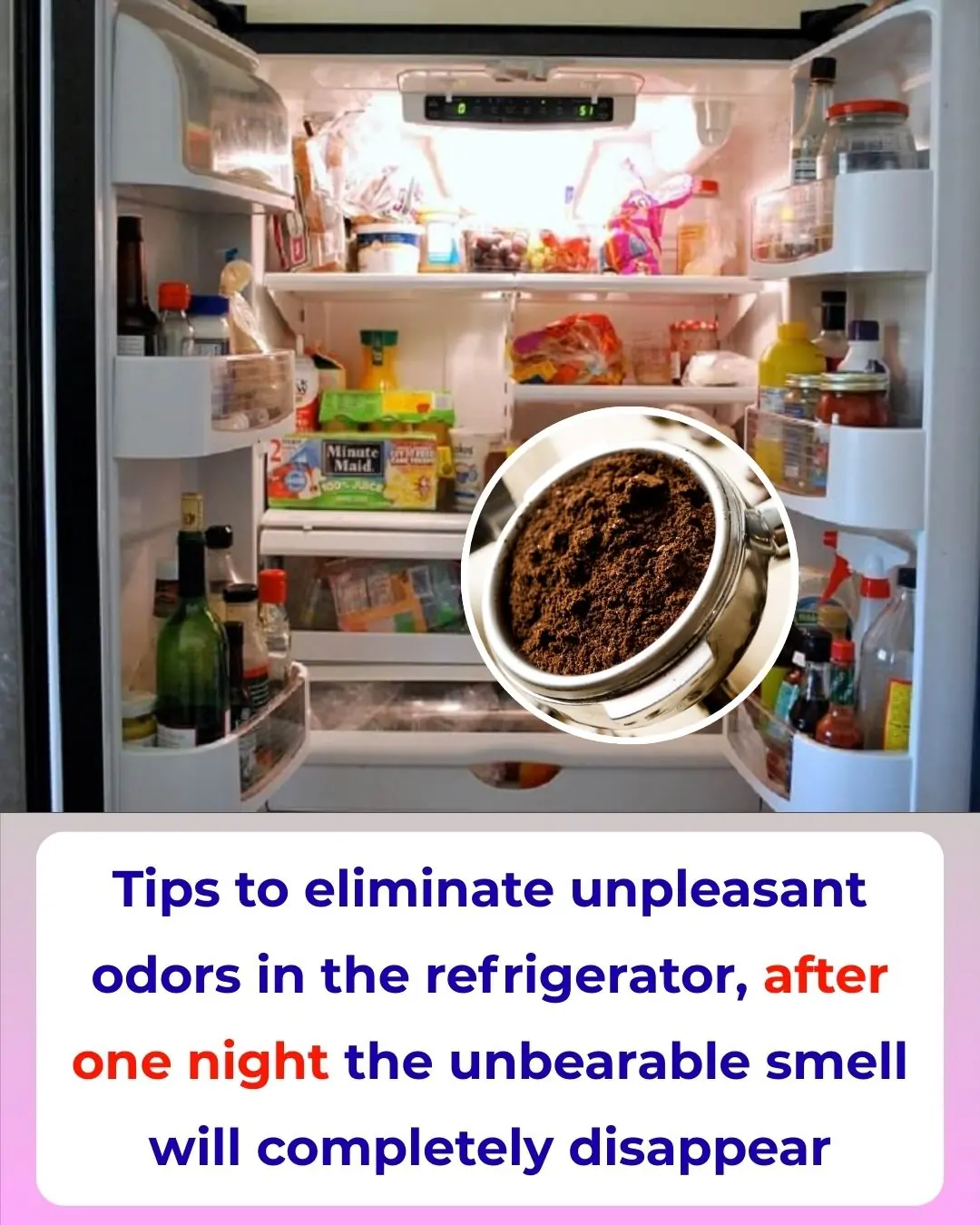
Tips to Eliminate Unpleasant Odors in the Refrigerator—After One Night, the Unbearable Smell Will Completely Disappear
News Post
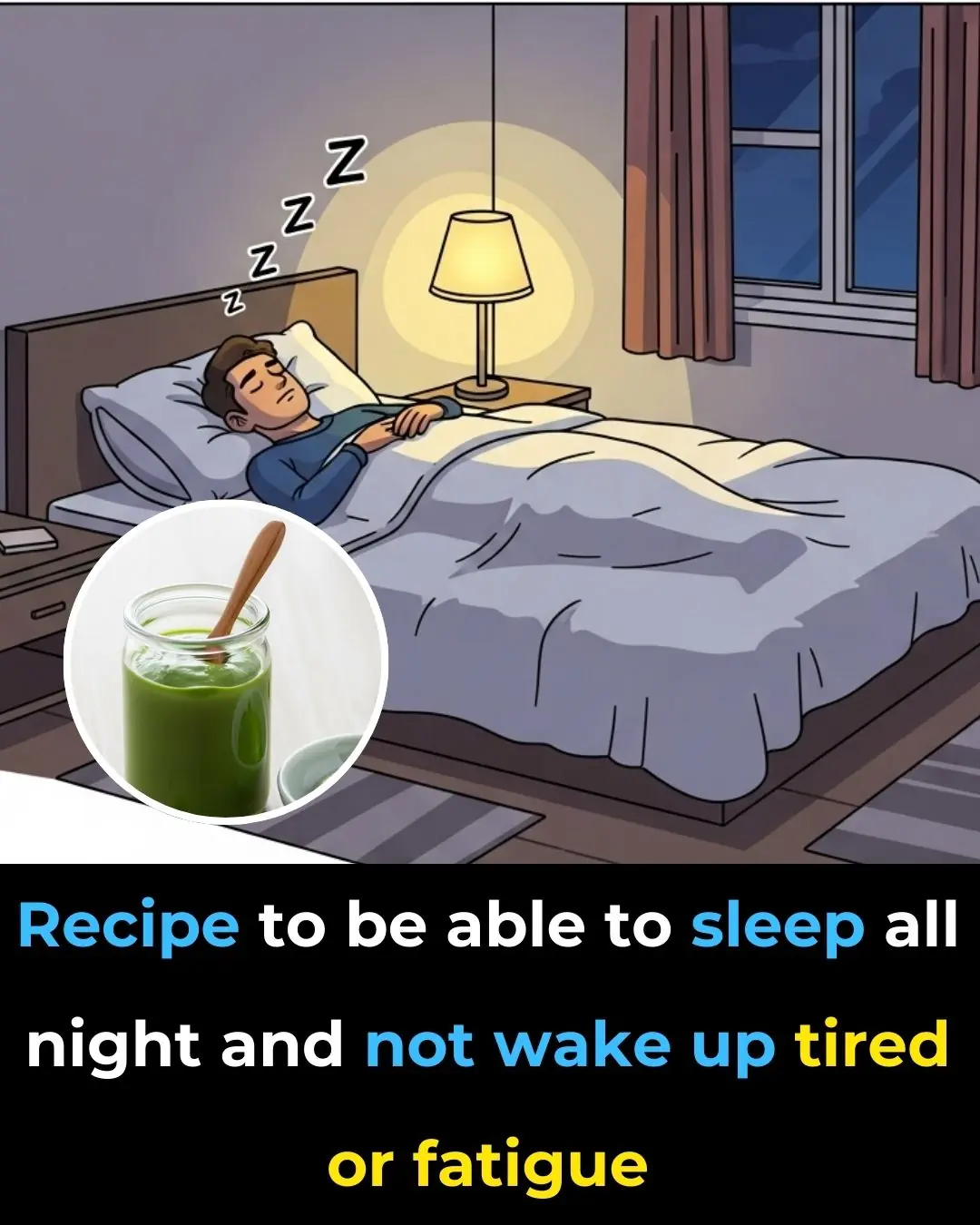
Remedy For Falling Asleep Quickly
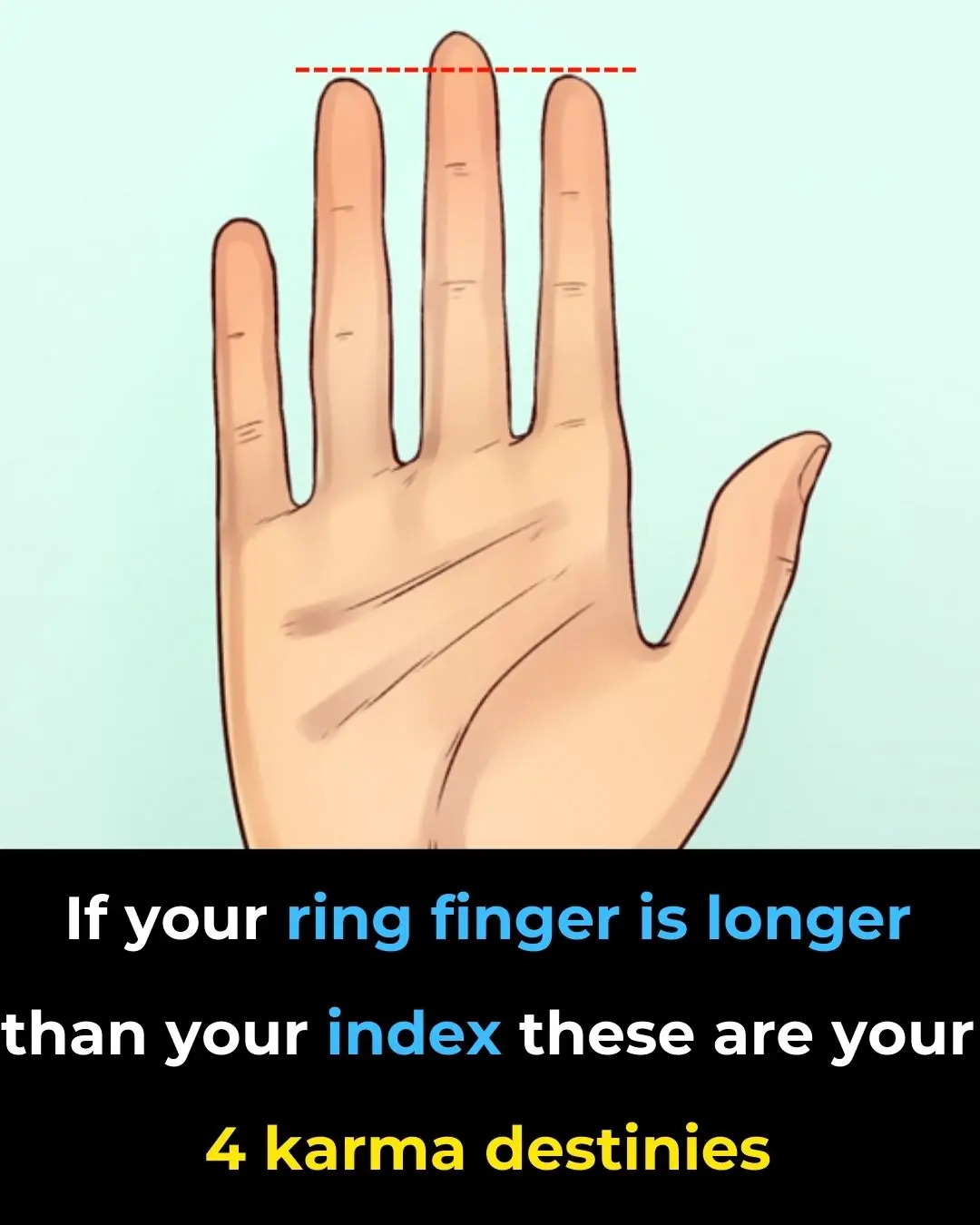
Ring Finger Longer Than An Index Finger

Sleeping Enough But Still Tired

Ways Your Body Secretly Tells You You’re Stressed
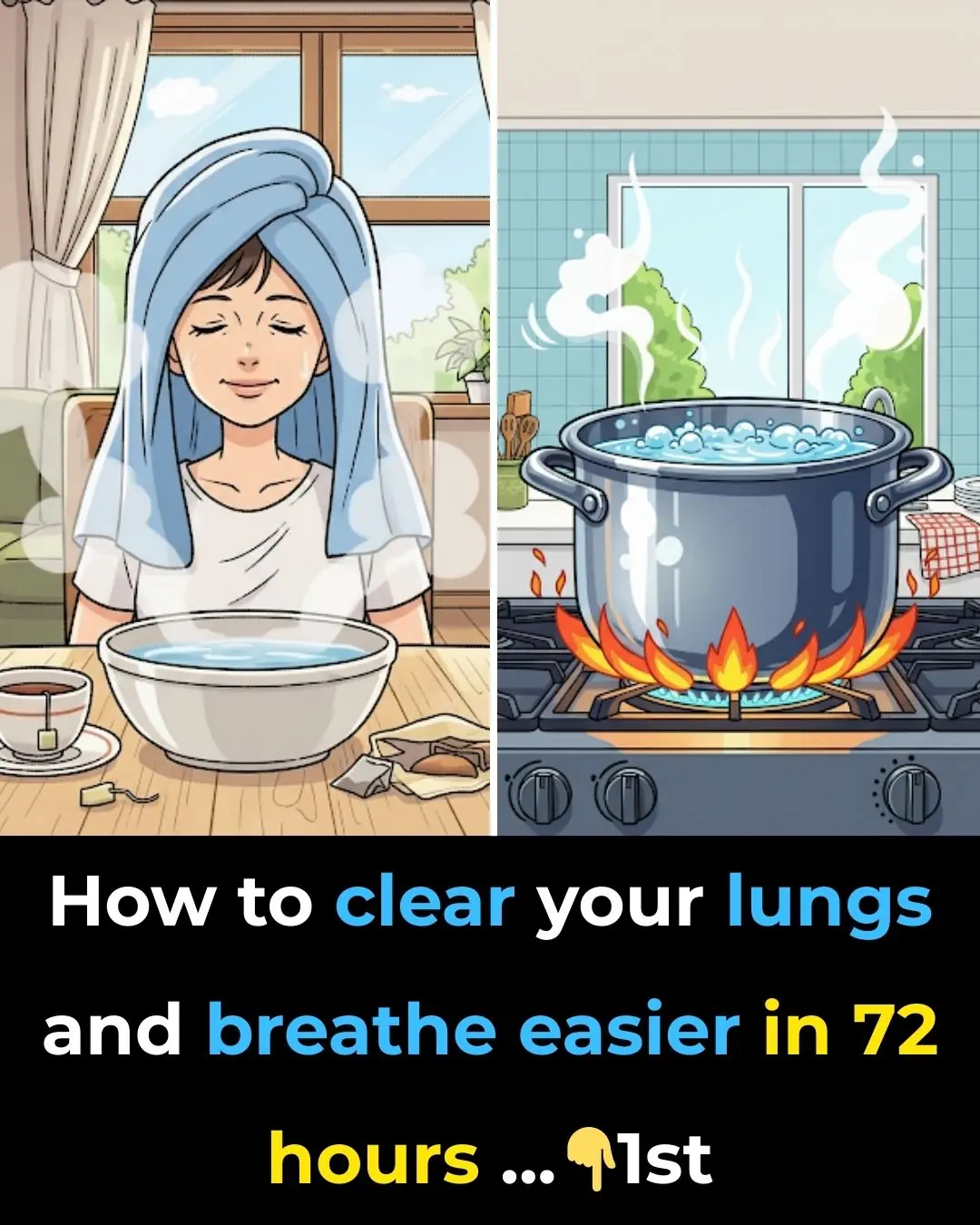
How to effectively cleanse your lungs in just 72 hours

Scientists find a berry that can combat cancer, diabetes, and obesity

She Spent $70,000 on Cosmetic Procedures — Now She’s Owning Her Beauty Despite the Backlash

Simulation Reveals the Science Behind Nightmares of Losing Teeth

Woman employed by popular mobile network sues company after being 'forced' to do nothing for 20 years

Insane simulation shows crazy impact of eating popular superfood everyday has on your body

Discovery Warrants Critical Rethink of Phantom Limb Pain Treatment

Can UV Light Reduce Infections in Long-Term Facilities?

Secret tip: How to clean glossy tiles at home without spending a penny
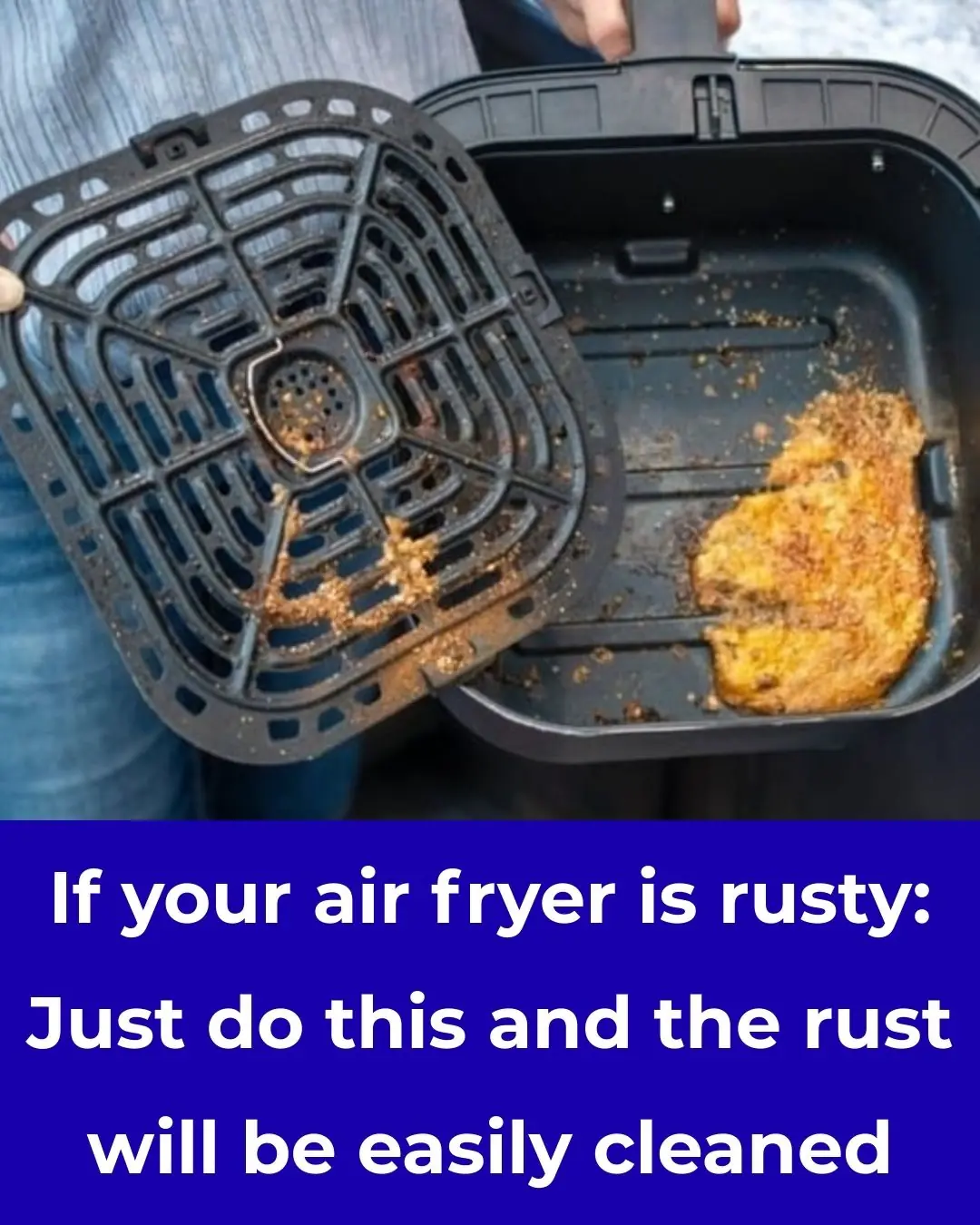
If your air fryer is rusty: Just do this and the rust will be easily cleaned

The surprising benefits of coffee grounds, if you have them at home, never throw them away

Eating sweet potatoes in the morning: A small habit, but you'll be amazed by the huge benefits it brings.

When the water pipe is completely clogged, just pour this down and it will be solved easily, no need to waste money calling a plumber.

Do you need to unplug the rice cooker after the rice is cooked? The answer is surprising.
